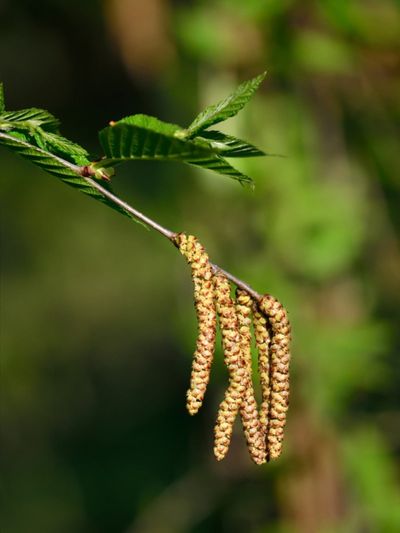If you’d like to learn more about sweet birch trees, read on. We’ll give you sweet birch tree facts as well as growing information.
What Is a Sweet Birch?
Sweet birch trees are a Betula species native to the Midwest. You can find them in the wild from Southern Maine to Eastern Ohio, and growing all the way down to Kentucky, Alabama and Georgia. Several sweet birch tree facts make this tree a standout. One of the unique characteristics of this birch tree is its scent. The tree’s bark and leaves share a strong wintergreen fragrance.
Sweet Birch Tree Facts
Sweet birch trees are also known as cherry birch. The trees are upright and pyramidal when they are young but fill out as they mature. The adult shape is rounded with an irregular crown. Sweet birch trees soar to 80 feet (24 m.) in the wild. However, in cultivation they remain smaller, about 40 to 55 feet (12 to 17 m.) tall and 35 to 45 feet (10 to 14 m.) wide. The bark is a dark red when they are young, aging to dark gray. The yellow-green leaves are toothed and turn a bright yellow in fall before falling. Long, yellow-brown male catkins hang from the branches in spring, while female catkins are light green and upright. Blossoms arrive in April, before the leaves on this deciduous tree appear. The fruit is a winged nutlet.
Sweet Birch Uses
You may by surprised by the divergent ways people use this plant. One of the lesser known sweet birch uses is medicinal. Some people make tea of sweet birch bark to treat fevers, stomachache and lung issues. Others use oil made from the bark to treat rheumatism, gout, and bladder infection. In the past, sweet birch trees were used to make birch beer as well as a preservative from the oil from the tree. However, today the primary sweet birch uses are ornamental, as shade trees in the garden. Sometimes the tree is used for its wood which is dark and lovely, though quite difficult to work.
